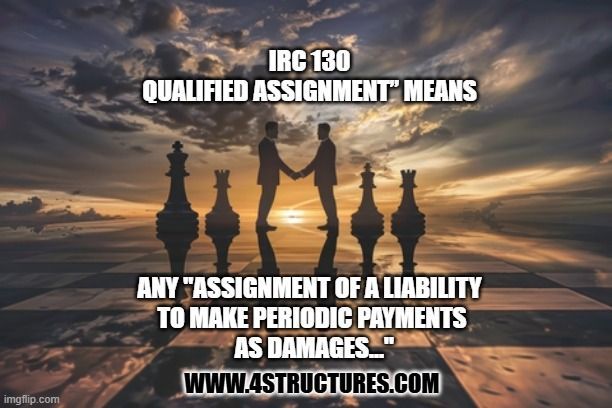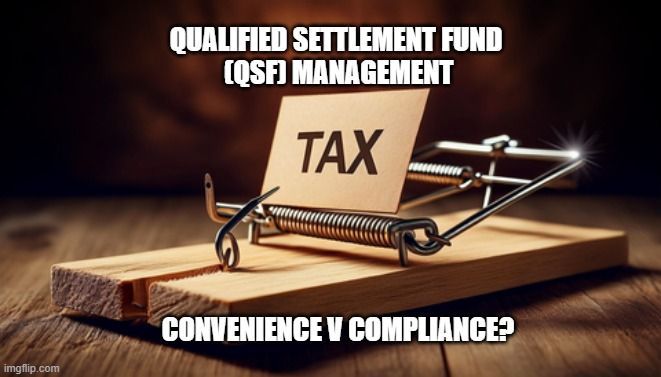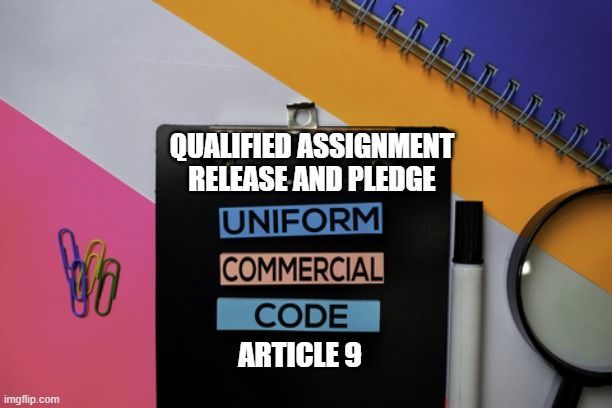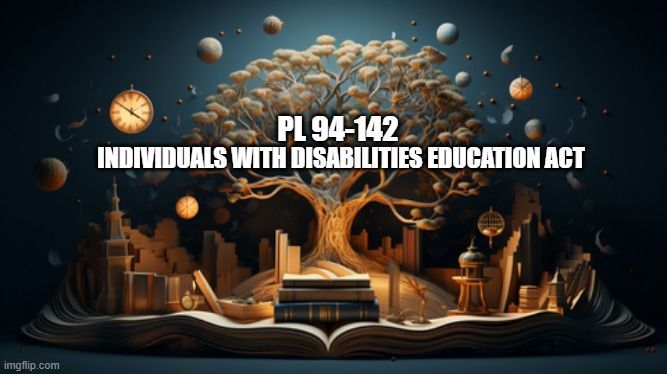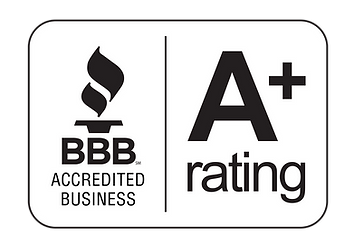New Hampshire Enacts USA's 51st Structured Settlement Protection Act
Bans Sale of Life Contingent Payments Unless...

Positive Development for NH Structured Settlement Consumers
On August 11, 2021, the New Hamphire Structured Settlement Protection Act was signed into law. New Hampshire became the 50th state to enact an SSPA. Previously 49 states and the District of Columbia had enacted SSPAs. Here is an putline of the provissions of the New Hampshire SSPA.
Prohibits transfer of payment rights to any life-contingent payments, unless...
Life contingent payments are payments that are only payble if the Measuring LIfe is alive at the time a payment is due. Such streams of payments are typically transferred by Payees hugely discounted values. Then prohibition applies unless prior to the execution of the transfer agreement, the transferee has established and agreed to maintain procedures to confirm the payee’s survival and provide prompt notice of the payee’s death, all of which are reasonably satisfactory to the annuity issuer and the annuity owner (typically a qualified assignment company)
Payee Required at In-Person Hearing
New Hampshire will also now require an in-person hearing (at least by the payee). In-person hearings can eliminate potential issues by establishing a court record as to: (i) payee identity; (ii) payee residency; and (iii) whether the payee truly understands the terms of the proposed transaction. The requirement also permits the courts to scrutinize the transfer during a live hearing, as opposed to an informal bench review, which still occurs in some states. Other important provisions of the new statute will require: (i) transferee to give notice to the court and to interested parties that includes a summary of prior transfers by the payee; and (ii) the notice must also provide that any interested party can oppose the transaction. At the hearing itself, in deciding whether the transfer is in the payee’s best interest, the court will consider whether the payee compared competing offers for payment rights.
408-G:1 Definitions
In this chapter:
I. “
Annuity issuer
” means an insurer that has issued a contract to fund periodic payments under a structured settlement .
II. “Assignee” means a party acquiring or proposing to acquire structured settlement payment rights from a transferee of such rights.
III. “Dependents” include a payee’s spouse and minor children and all other persons for whom the payee is legally obligated to provide support, including alimony.
IV. “Discounted present value” means the present value of future payments determined by discounting such payments to the present using the most recently published applicable federal rate for determining the present value of an annuity, as issued by the United States Internal Revenue Service.
V. “Gross advance amount” means the sum payable to the payee or for the payee's account as consideration for a transfer of structured settlement payment rights before any reductions for transfer expenses or other deductions to be made from such consideration.
VI. “Independent professional advice” means advice of an attorney, certified public accountant, actuary or other licensed professional adviser.
VII. “Interested parties” means, with respect to any structured settlement, the payee,
any beneficiary irrevocably designated under the annuity contract to receive payments following the payee’s death, the annuity issuer, the structured settlement obligor, and any other party to such structured settlement that has continuing rights or obligations to receive or make payments under such structured settlement.
VIII. “Net advance amount” means the gross advance amount less the aggregate amount of the actual and estimated transfer expenses required to be disclosed pursuant to this chapter.
IX. “Payee” means an individual who is receiving tax free payments under a structured settlement and proposes to make a transfer of payment rights thereunder.
X. “Periodic payments” includes both recurring payments and scheduled future lump sum payments.
XI. “Qualified assignment agreement” means an agreement providing for a qualified assignment within the meaning of United States Internal Revenue Code, 26 U.S.C. section 130, as amended.
XII. “Settled claim” means the original tort claim resolved by a structured settlement.
XIII. “Structured settlement” means an arrangement for periodic payment of damages for personal injuries or sickness established by settlement or judgment in resolution of a tort claim.
XIV. “Structured settlement agreement” means the agreement, judgment, stipulation, or release embodying the terms of a structured settlement.
XV. “Structured settlement obligor” means, with respect to any structured settlement, the party that has the continuing obligation to make periodic payments to the payee under a structured settlement agreement or a qualified assignment agreement.
XVI. “Structured settlement payment rights” means rights to receive periodic payments under a structured settlement, whether from the structured settlement obligor or the annuity issuer, where:
(a) The payee resides in this state; or
(b) The structured settlement agreement was approved by a court in this state.
XVII. “Terms of the structured settlement” include, with respect to any structured settlement, the terms of the structured settlement agreement, the annuity contract, any qualified assignment agreement and any order or other approval of any court or other government authority that authorized or approved such structured settlement;
XVIII. “Transfer” means any sale, assignment, pledge, hypothecation, or other alienation or encumbrance of structured settlement payment rights made by a payee for consideration; provided that the term “transfer” shall not include the creation or perfection of a security interest in structured settlement payment rights under a blanket security agreement entered into with an insured depository institution, in the absence of any action to redirect the structured settlement payments to such insured depository institution, or an agent or successor in interest thereof, or otherwise to enforce such blanket security interest against the structured settlement payment rights.
XIX. “Transfer agreement” means the agreement providing for a transfer of structured settlement payment rights.
XX. “Transfer expenses” means all expenses of a transfer that are required under the transfer agreement to be paid by the payee or deducted from the gross advance amount, including, without limitation, court filing fees, attorneys fees, escrow fees, lien recordation fees, judgment and lien search fees, finders’ fees, commissions, and other payments to a broker or other intermediary;“transfer expenses” do not include preexisting obligations of the payee payable for the payee’s account from the proceeds of a transfer.
XXI. “Transferee” means a party acquiring or proposing to acquire structured settlement payment rights through a transfer.
408-G:2 Required Disclosure to Payee. Not less than 3 days prior to the date on which a payee signs a transfer agreement, the transferee shall provide to the payee a separate disclosure statement, in bold type no smaller than 14 points, setting forth the following:
VI.
The effective annual interest rate, which must be disclosed in a statement in the following form: “On the basis of the net amount that you will receive from us and the amounts and timing of the structured settlement payments that you are transferring to us,
you will, in effect be paying interest to us at a rate of ______ percent per year.”
X. That the payee has the right to seek and receive independent professional advice regarding the proposed transfer
and should consider doing so before agreeing to transfer any structured settlement payment rights.
XI. That the payee has the right to negotiate the purchase price offered by the transferee, and the payee is advised to obtain competing offers from other potential transferees.
408-G:3 Approval of Transfers of Structured Settlement Payment Rights. No direct or indirect transfer of structured settlement payment rights shall be effective and no structured settlement obligor or annuity issuer shall be required to make any payment directly or indirectly to any transferee or assignee of structured settlement payment rights unless the transfer has been approved in advance in a final court order based on express findings by such court that:
I. The transfer is in the best interest of the payee, taking into account the welfare and support of the payee's dependents; and
II. The payee has been advised in writing by the transferee to seek independent professional advice regarding the transfer and has either received such advice or knowingly waived in writing the opportunity to seek and receive such advice; and
III. The transfer does not contravene any applicable statute or the order of any court or other government authority.
408-G:4 Effects of Transfer of Structured Settlement Payment Rights. Following a transfer of structured settlement payment rights under this chapter:
I. The structured settlement obligor and the annuity issuer may rely on the court order approving the transfer in redirecting periodic payments to an assignee or transferee in accordance with the order approving the transfer and shall, as to all parties except the transferee or an assignee designated by the transferee, be discharged and released from any and all liability for the redirected payments; and such discharge and release shall not be affected by the failure of any party to the transfer to comply with this chapter or with the court order approving the transfe r;
II. The transferee shall be liable to the structured settlement obligor and the annuity issuer:
(a) If the transfer contravenes the terms of the structured settlement, for any taxes incurred by the structured settlement obligor or annuity issuer as a consequence of the transfer; and
(b) For any other liabilities or costs, including reasonable costs and attorneys’ fees, arising from compliance by the structured settlement obligor or annuity issuer with the court order approving the transfer or from the failure of any party to the transfer to comply with this chapter;
III.
Neither the annuity issuer nor the structured settlement obligor may be required to divide any periodic payment between the payee and any transferee or assignee or between 2 or more transferees or assignees; and
IV. Any further transfer of structured settlement payment rights by the payee may be made only after compliance with all of the requirements of this chapter.
408-G:5 Procedure For Approval of Transfers.
I. An application under this chapter for approval of a transfer of structured settlement payment rights shall be made by the transferee and shall be brought in the superior court in the county in which the payee resides, except that if the payee does not reside in this state, the application may be brought in the court in this state that approved the structured settlement agreement.
II. A timely hearing shall be held on an application for approval of a transfer of structured settlement payment rights.
The payee shall appear in person at the hearing unless the court determines that good cause exists to excuse the payee from appearing in person.
III. Not less than 20 days prior to the scheduled hearing on any application for approval of a transfer of structured settlement payment rights under RSA 408-G:3, the transferee shall file with the court and serve on all interested parties, including a parent or other guardian or authorized legal representative of any interested party who is not legally competent, a notice of the proposed transfer and the application for its authorization, including with such notice:
(a) A copy of the transferee’s application.
(b) A copy of the transfer agreement.
(c) A copy of the disclosure statement required under RSA 408-G:2.
(d) The payee’s name, age, and county of residence and the number and ages of each of the payee’s dependents.
(e) A summary of:
(1)
Any prior transfers by the payee to the transferee or an affiliate, or through the transferee or an affiliate to an assignee, within the 4 years preceding the date of the transfer agreement and any proposed transfers by the payee to the transferee or an affiliate, or through the transferee or an affiliate, applications for approval of which were denied within the 2 years preceding the date of the transfer agreement; and
(2) Any prior transfers by the payee to any person or entity other than the transferee or an affiliate or an assignee of the transferee or an affiliate within the 3 years preceding the date of the transfer agreement and any prior proposed transfers by the payee to any person or entity other than the transferee or an affiliate or an assignee of a transferee or affiliate, applications for approval of which were denied within the one year preceding the date of the current transfer agreement, to the extent that the transfers or proposed transfers have been disclosed to the transferee by the payee in writing or otherwise are actually known to the transferee.
(f) Notification that any interested party is entitled to support, oppose or otherwise respond to the transferee’s application, either in person or by counsel, by submitting written comments to the court or by participating in the hearing.
(g) Notification of the time and place of the hearing and notification of the manner in which and the date by which written responses to the application must be filed, which date shall be not less than 5 days prior to the hearing, in order to be considered by the court.
IV. In determining whether a transfer is in the payee’s best interest under RSA 408-G:3, I, the court shall consider, among other matters, whether the payee has compared competing offers for the structured settlement payment rights that the payee proposes to transfer.
408-G:6 General Provisions; Construction.
I. The provisions of this chapter shall not be waived by any payee.
II. Any transfer agreement entered into on or after the effective date of this chapter by a payee who resides in this state shall provide that disputes under such transfer agreement, including any claim that the payee has breached the agreement, shall be determined in and under the laws of this state. No such transfer agreement shall authorize the transferee or any other party to confess judgment or consent to entry of judgment against the payee.
III. No transfer of structured settlement payment rights shall extend to any payments that are life-contingent unless, prior to the date on which the payee signs the transfer agreement, the transferee has established and has agreed to maintain procedures reasonably satisfactory to the annuity issuer and the structured settlement obligor for periodically confirming the payee’s survival, and giving the annuity issuer and the structured settlement obligor prompt written notice in the event of the payee’s death.
IV.
If the payee cancels a transfer agreement, or if the transfer agreement otherwise terminates, after an application for approval of a transfer of structured settlement payment rights has been filed and before it has been granted or denied, the transferee shall promptly request dismissal of the application.
V. No payee who proposes to make a transfer of structured settlement payment rights shall incur any penalty, forfeit any application fee or other payment, or otherwise incur any liability to the proposed transferee or any assignee based on any failure of such transfer to satisfy the conditions of this chapter.
VI. Nothing contained in this chapter shall be construed to authorize any transfer of structured settlement payment rights in contravention of any applicable law or to imply that any transfer under a transfer agreement entered into prior to the effective date of this chapter is valid or invalid.
VII. Compliance with the requirements set forth in RSA 408-G:2 and fulfillment of the conditions set forth in RSA 408-G:3 shall be solely the responsibility of the transferee in any transfer of structured settlement payment rights, and neither the structured settlement obligor nor the annuity issuer shall bear any responsibility for, or any liability arising from, non-compliance with such requirements or failure to fulfill such conditions.
2 Applicability. RSA 408-G as inserted by section 1 of Part V of this act shall apply to any transfer of structured settlement payment rights under a transfer agreement entered into on or after the 30th day after the effective date of Part V of this act.
3 Effective Date. Part V of this act shall take effect 60 days after its passage.
